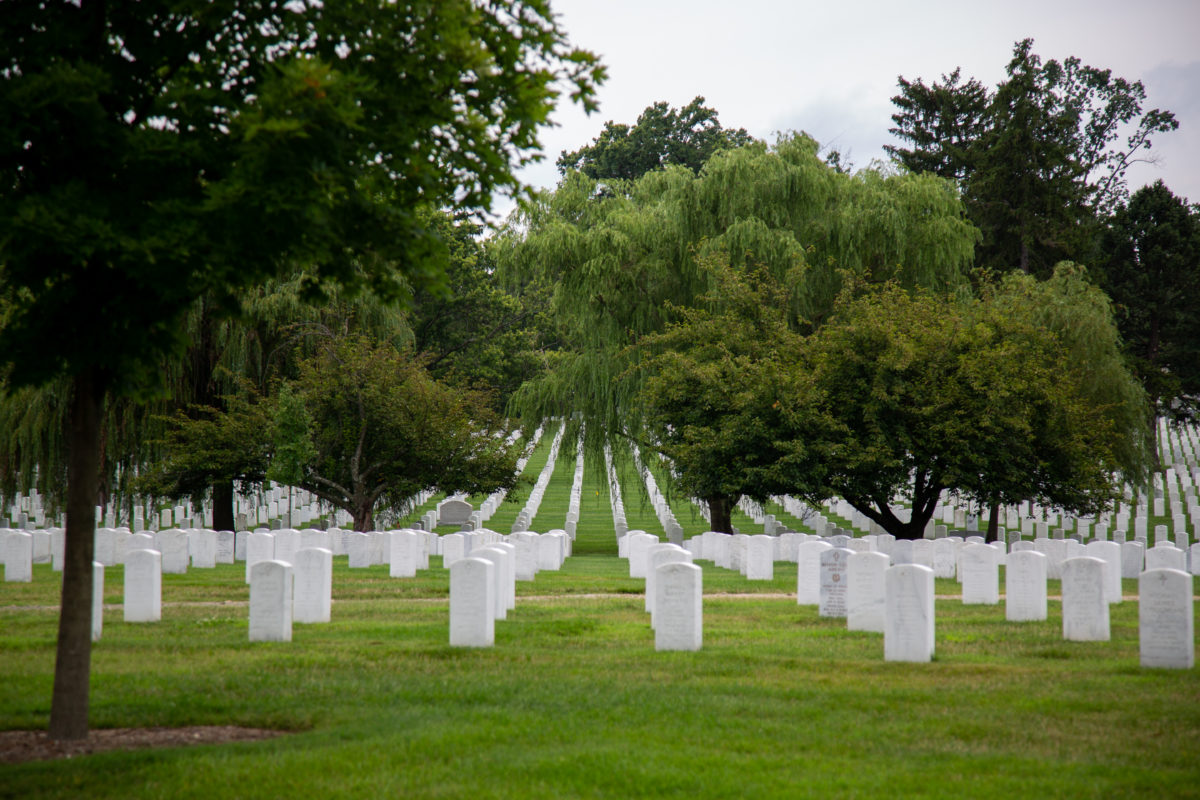There are many years which pass by where our respects are paid to people with stories the wind has blown away. A blossom of unknown things hits upon grief and leads it to respect. Silence fills a landscape like an overflowing well as memories come broken and yet not bitter. We see you, who you were, what you stood for. May the fight continue on in justice and hope.
One would not expect a cemetery to be a location visited during a summer camp. And yet, many of us stood with our eyes falling upon a few headstones of some four hundred thousand resting places. No one talked, perhaps for the awe of remembrance, or perhaps simply because of the frequent signs that told us to do as such. It sits on 639 acres of sacred ground, dedicated to the memory of fallen men and women who have served this country.
Founded in 1864, war veterans from even earlier than the civil war are buried in the Arlington National Cemetery, and today over three million people visit annually to pay their respects. Visitable are John F Kennedy, Ruth Bader Ginsburg, and many more notable individuals from throughout America’s history. Each day, hundreds flock to view the changing of the guard at the Tomb of the Unknown Soldier, which is dedicated to the people whose legacy has remained in anonymity to this day, names lost on a battlefield.
For me, it is strange to think of this place in terms of tourism, despite ourselves coming by all technicality in like. What is to say we should walk swiftly to one individual’s grave only to bypass the stories of so many others? I was constantly struck by curiosity at the names given in simplicity amongst the deaths of 44 different battles. What were their priorities, their hopes, their moments of weakness? What got these people up in the mornings, and what kept them to the fading light?
A small, marble piece would sit next to the large memorial of another, and I had to wonder what conversations would happen if those two people were still alive to talk to each other today. What similarities would be drawn, and what differences would make for lively moments?
A cemetery, to me, is a spot of reflection, where waves of thoughts and memories connect themselves to people, where other people can honor those who mattered most and nod to another who stands beside them doing the same. It is where we remember the gift of time and action, where one begins to anticipate what has yet to be accomplished. What we saw at Arlington was only a snapshot, and yet a very powerful one that left each of us with perspective and a sense of solemnity which will continue to be carried day and again.
